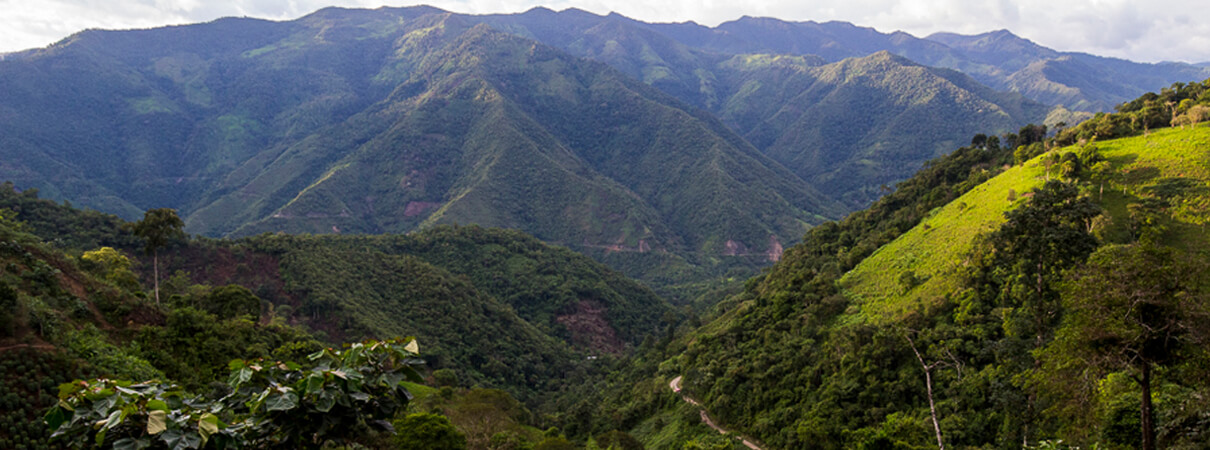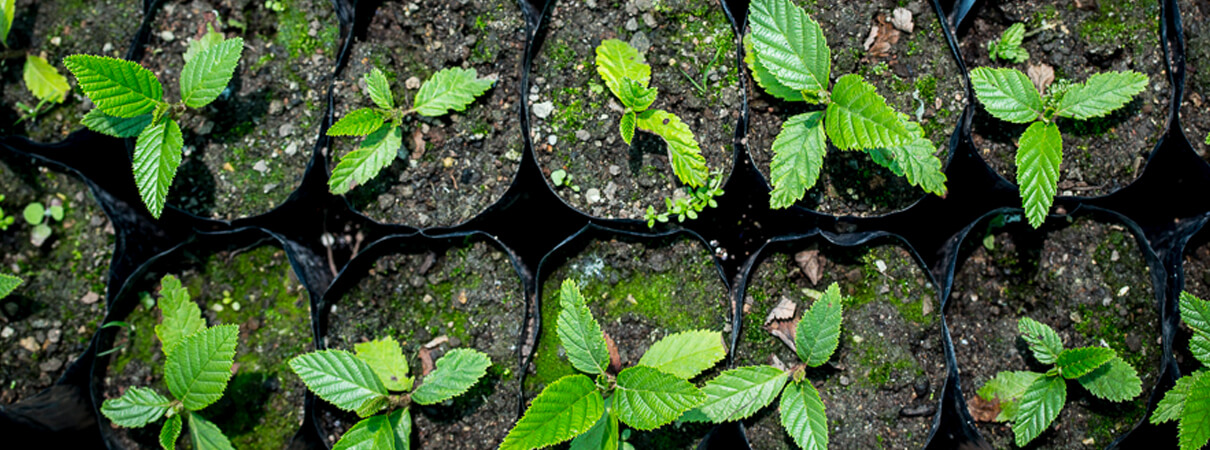In Southern Ecuador, Shade Coffee and Bird Conservation Go Hand in Hand
At least 23 species of North American songbirds, including at-risk and declining species such as the Cerulean Warbler and Olive-sided Flycatcher, spend the winter months in the central Andes Mountains of southern Ecuador. This is a region where Arabica coffee beans are the dominant commercial crop. As promising partnerships between coffee farmers and bird conservationists show, their respective goals of growing flavorful coffee beans and conserving declining bird species have much in common.

Olive-sided Flycatcher by Martha Marks/Shutterstock
Creating bird-friendly habitats in coffee plantations is all about establishing a healthy mix of native shade trees and maintaining a mosaic of native forest in and around the cultivated areas. It might seem counterintuitive to plant trees that could compete with coffee plants. But native species like inga and alder can increase soil fertility by capturing atmospheric nitrogen, while these and many other species such as cedar can create a healthy overstory that not only improves bird habitat but also the quality of the coffee.
The presence of these taller trees slows down the growth and ripening of the coffee berries. The result is a sweeter, denser bean that can better handle the rigors of roasting without burning and develop a fuller, more-complex flavor.

Ecuador landscape by Wendy Willis
Boosting Shade Coffee's Quality – and Farmers' Incomes
Fundación Jocotoco, ABC's Ecuadorian conservation partner, works with an association of nearly 200 rural farmers called La Asociación de Cafetaleros Ecológicos de Palanda (APECAP), whose goal is to help members increase both their income and the quality of their coffee. Last March, my ABC colleague Wendy Willis and I visited with members of Fundación Jocotoco and APECAP to evaluate bird habitat on their farms, learn about their organization, and discuss new ways to think about coffee production and bird habitat.
APECAP was established in 2002, bringing together coffee farmers with generations of experience. The group has its own plant nursery where it grows a wide variety of trees to diversify the vegetation cover at members' farms. Fundación Jocotoco began working with APECAP farmers in 2016, and together they are creating excellent habitat for birds of all kinds. (In addition to the North American songbirds that overwinter in the region, several hundred bird species occur in the coffee growing region of southern Ecuador.)

Paradise Tanager, a resident species that occurs on some coffee farms in Ecuador. Photo by Glenn Bartley. See more of Glenn's photos on his website
The coffee farmers who belong to APECAP have been very open to the idea of shade coffee farming and willing to experiment with it. The program has given ABC and its partners an opportunity to teach coffee growers how to monitor migratory birds on their farms.
We visited one mountain coffee farm where the farmer has diversified both his crops and his shade overstory in recent years. There we observed a wide variety of native birds, including colorful tanagers, flycatchers, toucanets, and parakeets. Based on the evidence, this approach to coffee farming is having a direct, positive impact on the bird life of southern Ecuador.

Left to right: Michael Moens, Fundación Jocotoco Conservation Director; Philip Tanimoto, ABC International Conservation Project Officer; Donna Blasko, Jocotoco volunteer; Byron Puglla, Southern Reserves Director; Edgar Cumbicus, coffee farm owner, and his wife, Gloria Ortiz; Wendy Willis, ABC International Conservation Project Officer. Photo by Wendy Willis
A Commitment to Help Communities Help Birds
ABC has been involved in this process for more than a decade. We started working with Fundación Jocotoco in 2005 to accelerate the conservation of the emblematic and critically endangered Jocotoco Antpitta, a striking and nearly tailless ground-dwelling bird that was discovered only in 1997. Our work with shade coffee farming in Ecuador is just one example of how we have since expanded our conservation reach and joined forces with local communities to save many of the most endangered birds of the Ecuadorian Andes.

Alder seedlings by Wendy Willis
Looking ahead, Fundación Jocotoco and ABC will be working with APECAP to establish new markets for their high-elevation, shade-grown coffees so that each cup of coffee you savor can give something back to the birds.
Want to help? For more information on bird-friendly coffee and where to purchase it, visit the Smithsonian Migratory Bird Center website. If you're able to travel to South America, consider volunteering to work on coffee farms with Fundación Jocotoco; this program is made possible by the Latin American Reserve Stewardship Initiative, a joint initiative of the March Conservation Fund and ABC.
You can also donate to support ABC's work to conserve birds and habitats in Latin America!
 | Philip Tanimoto is an International Conservation Project Officer with ABC. |


















































